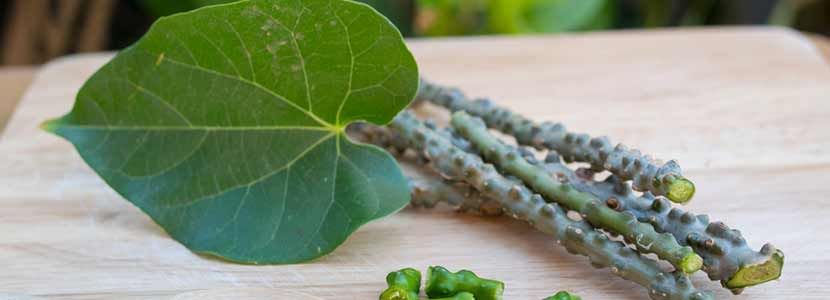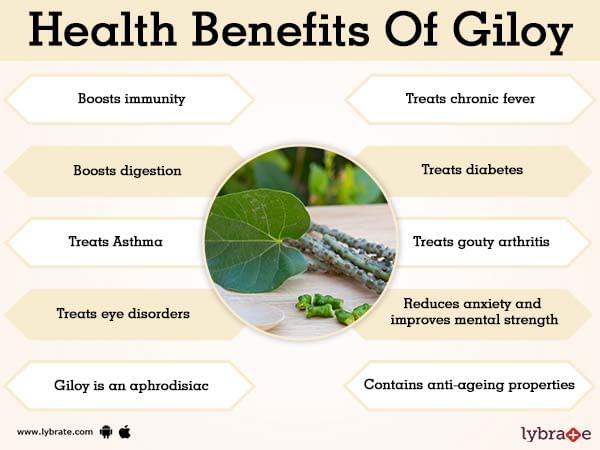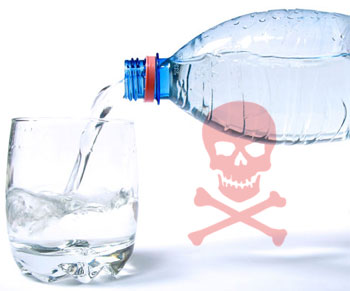Aphrodisiac Foods-natural love drug
Studies have found Asian and American varieties of the Ginseng herb to help libido and sexual performance. Dr. Josh Axe, D.N.M, C.N.S., D.C. explains, “Ginsenglikely affects the central nervous system,
Dr. Steve McGough, doctorate in human sexuality, adds that apples have also been associated with increased sex drive. A 2014 study suggested that eating an apple a day correlated with better sexual quality of life in young women
McGough also notes that there’s some impressive evidence for saffron’s effect on sex drive. Saffron’s history as an aphrodisiac dates back to Cleopatra, who reportedly bathed in saffron-infused milk for its aphrodisiac qualities. Recent studies have also shown that saffron also helps increase sperm motility in infertile men and can decrease some of the sexual side effects from taking certain antidepressant
Diana Hoppe, an MD and author of Healthy Sex Drive, Healthy You: What Your Libido Reveals About Your Life, says capsaicin, the stuff responsible for making chili peppers spicy, stimulates nerve endings on the tongue, which releases epinephrine (adrenaline) — the chemical that increases your heart rate and releases endorphins (natural opiates found in your body). Just make sure you’re eating them and not actually just, like, rubbing chili pepper on your partner’s body — the shit will sting
The high amount of vitamin E in asparagus can increase blood and oxygen flow to the genitals, Dr. Hoppe explains. There are also high levels of potassium — which is linked to sex hormone production. Plus, if the suggestive phallic shape of things also helps get you in the mood, then hey, good for you!
A sexy fun fact about your favorite $2 add on at Chipotle: The Aztec word for avocado is “ahuacatl,” which means “testicle.” But besides the sex-thetic appeal, Dr. Hoppe says avocados also contain high levels of folic acid, vitamin B9 (provides the body with more energy) and vitamin B6 (which helps increase testosteroneproduction).
Your least favorite phallic fruit to eat in public, Dr. Hoppe says bananas contain bromelain enzyme — believed to increase a man’s sex drive — as well as high levels of potassium, riboflavin, and vitamin B2 (supes important to keep your energy levels up while you bone
According to Dr. Hoppe, chocolate contains phenylethylamine — a stimulant that elicits excitement and a sense of well-being. The natural caffeine doesn’t hurt either. Make sure to get dark chocolate that’s at least 75 percent cacao to get the heart bennies too.
What can’t this superfood do (besides not cost an arm and a leg)? Poms are hella full of antioxidants, which are important to decrease inflammation and plaque from building in your arteries, and help deliver more blood flow to all areas of your body, including your genitals. Dr. Hoppe adds that there have also been some studies that suggest pomegranate juice may be helpful with erectile dysfunction (for that $8/bottle pricetag, it better, honestly).
Not only can it help you get in the mood, the resveratrol in red wine is a powerful antioxidant, which, again, helps decrease inflammation and helps quite literally get your blood pump
Not only have these been a symbol of fertility in art forever, they’re a prime source of beneficial fatty acids like omega-3, which, again, help with hormone production. Dr. Hoppe also adds that the aroma of almonds is purported to arouse passion in women
Vanilla doesn’t just smell sexy, Dr. Hoppe says it can also create an overall calming effect. No wonder all those late-night scoops of vanilla feel so damn good.
Besides conjuring up sexy memories of summer flings gone by, watermelon is also high in citruline, a phytonutrient, Dr. Hoppe says, that increases the amount of nitric acid in the body, which in turn increases blood flow, blood vessel relaxation, and sexual arousal.
TBT to ancient Greece, when Hippocrates used to prescribe honey for sexual vigor. This “liquid gold,” as Dr. Hoppe calls it, contains boron, which helps regulate hormone levels and nitric oxide (which helps increase blood flow during arousal). Nitric oxide also helps open up blood vessels involved in creating erections and clitoral engorgement
Similarly to chocolate, coffee’s caffeine increases stamina and can elevate mood (because who could be happy while struggling to keep their eyes open?). Dr. Hoppe also adds that coffee increases dopamine levels in the brain, the stuff that increases desire and pleasure.
While the legend says that strawberries originated from the heart-shaped tears of Aphrodite after she learned of her lover, Adonis’s death, modern-day strawberries are anything but a bummer. Dr. Hoppe says they’re loaded with vitamin C, which is important for the production of sex hormones and chemical neurotransmitters in the brain to increase libido. Plus, vitamin C can help keep your immune system up.
Another sexy fruit! Not only do they contain potassium and vitamin C, Dr. Hoppe explains that they also contain anthocyanins (the stuff responsible for giving them their red color), powerful antioxidants that reduce inflammation and help maintain a healthy sex drive.
Just kidding! If anyone says this, they’re a liar. Dr. Hoppe says there’s no evidence of its aphrodisiac qualities (sorry, Josh from freshman year, you were wrong!), although she does mention that the light creamy texture could make for some creative lovemaking scenarios. Either way, you do you

.jpg)



/human-body-infographics-465321784-57ab54755f9b58974a07fa9f.jpg)